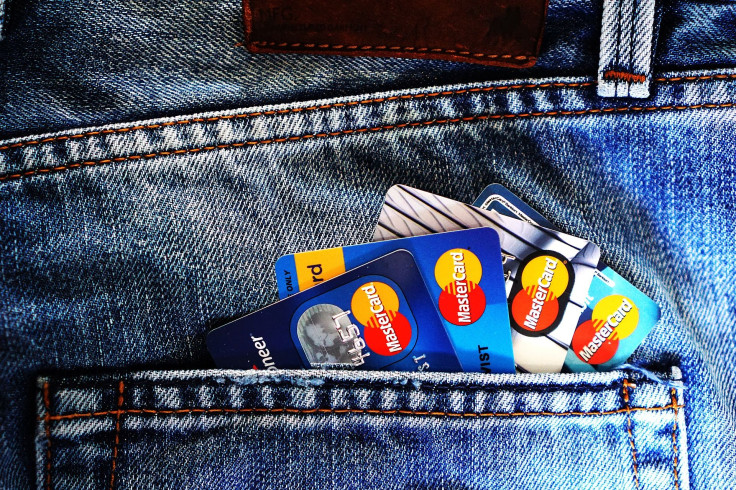US Economy: Federal Reserve Reports $17.9 Billion Increase In Consumer Borrowing For August

The Federal Reserve reported Monday that U.S. consumer borrowing rose by $17.9 billion in August, following a $23 billion increase in July. The area with the strongest growth is automobile and student loans, which had the biggest monthly advance in three years.
Consumer credit is the personal debt taken on by individuals to purchase goods and services.
More Americans might be taking out loans as the Federal Reserve lowered interest rates in July, making it less costly to take out money.
President Trump has criticized the Federal Reserve and its chairman, Jerome Powell, for not doing enough to decrease rates.
Generally, the Federal Reserve will lower interest rates in order to stimulate the economy, which is called expansionary monetary policy by economists. Powell has said that "trade uncertainties" and a slowdown of the global economy are the reasons why he has chosen to lower rates.
Although consumer borrowing can be good for the economy, it also has some major drawbacks. There are 44 million Americans carrying $1.5 trillion in student loan debt, with some struggling to back those loans.
Some consumer borrowing, such as payday loans, have high-interest rates and fees which can burden individuals. Some lawmakers have tried to introduce legislation to regulate the sector.
Although the economy is relatively strong, American manufacturing is struggling amid the trade war with China.
© Copyright IBTimes 2025. All rights reserved.





















